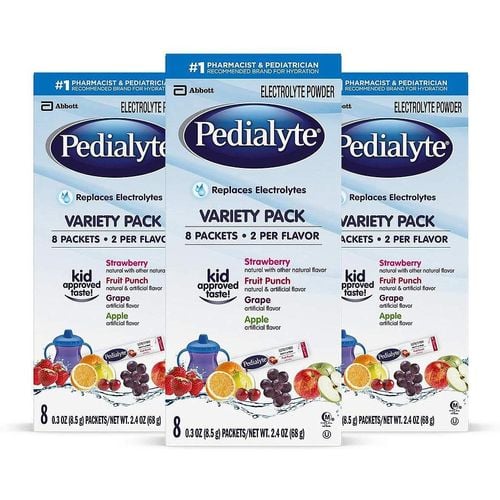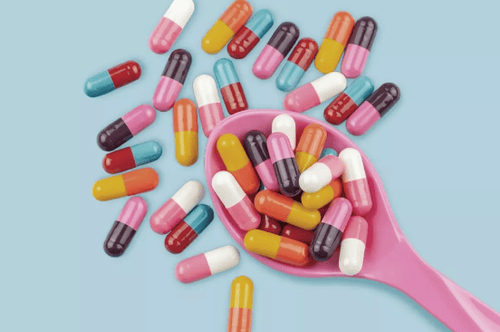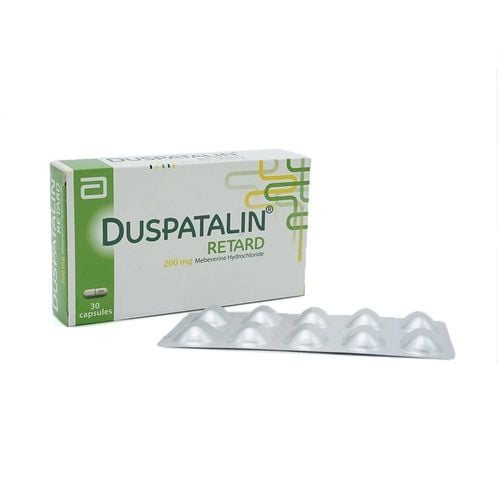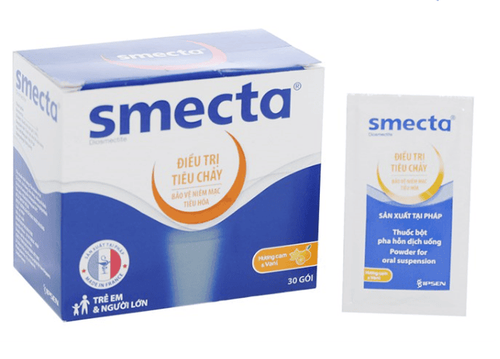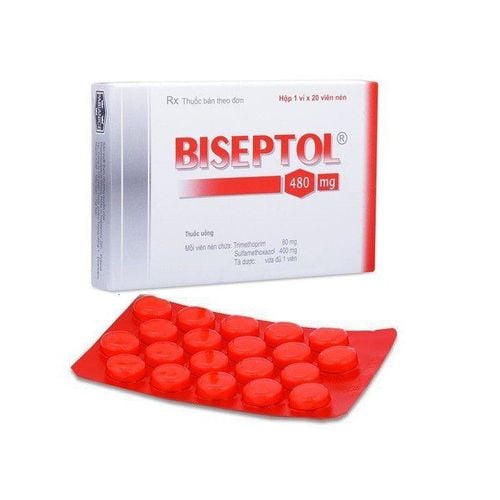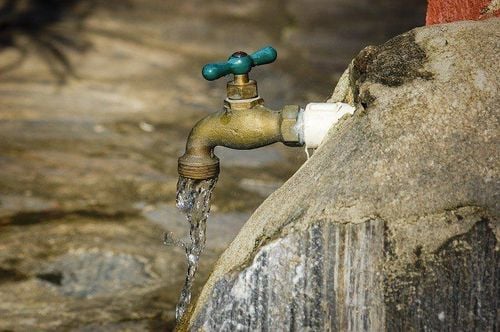Water pollution is an issue of great concern for many organizations. It significantly impacts daily life and human health. So, how does water contamination occur?
1. The Role of Water in Health
Pollution of water source can be a cause of the transmission of several dangerous diseases such as cholera, diarrhea, dysentery, hepatitis A, typhoid, and polio. In the past, when water quality was not prioritized or improved, human health faced significant threats. Clean water can be regarded as a precious and finite resource that needs protection and constant evaluation.
Water fouling in urban areas is a common issue during the current period of rapid and extensive development. Along with this growth, pollution is also increasing rapidly. Therefore, urban water impurity requires greater attention from environmental resource authorities and the public.
Clean water is of great importance to the socio-economic life of a nation or even the entire world. When water resources are secured, health risks are minimized to the greatest extent possible. This allows production activities to thrive, contributing to economic growth. More importantly, when water resources are guaranteed, vulnerable individuals with weaker immune systems are less likely to contract diseases.
Due to its significant impact, the WHO consistently emphasizes the value of water resources. Thus, water uncleanness issues must be addressed to identify causes and take timely corrective measures. If water is the source of life, then clean water is an invaluable and irreplaceable finite resource.
2. What is Water Polluting?
The issue of water contamination is increasingly spreading and posing threats to the health and lives of all living beings on Earth. While water constitutes a major portion of the Earth's composition, only a small fraction is usable for daily activities. Therefore, maintaining clean and high-quality water resources is one of humanity's long-term goals.
Water dirtying often originates from harmful chemicals or microorganisms. Pollution can become more severe if we fail to detect and prevent the movement of contaminated water in time. Waste materials travel with water currents, eventually reaching the oceans, destroying natural ecosystems, and causing severe damage to the habitats of aquatic species.
3. Causes of Water Poisoning
Water is a liquid or organic solvent capable of dissolving various impurities. Due to this characteristic, pollution of water source can easily occur and spread rapidly. Urban areas are more prone to water pollution than rural areas, primarily due to emissions from factories and industrial zones releasing toxic substances daily.
Water can become contaminated directly or indirectly through various means. For instance, toxic fumes in the air are captured in clouds, and when sufficient water vapor and other conditions accumulate, it results in rain. Rainwater containing impurities seeps into the soil and water sources, leading to environmental pollution. Even more dangerous is the presence of toxins in rainwater; if we are exposed to such rain without proper protection, it can pose significant risks to our health.
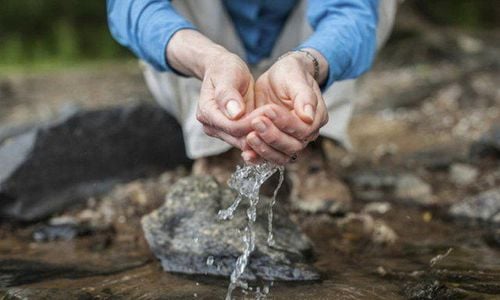
4. Sources of Water Pollution in Cities
Cities with rapid industrial development face a higher risk of water pollution compared to rural areas. Below is a list of some categories of water sources in cities that are at high risk of contamination:
- Groundwater
Rainwater seeps into the soil over time, gradually infiltrating groundwater reservoirs. Groundwater plays a vital role as a clean water source for human daily activities. Thus, groundwater pollution poses serious consequences for both living and production activities.
Apart from rainwater, agricultural chemicals also significantly affect groundwater quality. Additionally, the slow decomposition of inorganic waste exacerbates environmental pollution. Plastic bags and plastic bottles, for instance, are estimated to take millions of years to fully decompose. Moreover, when groundwater is polluted, other water sources are also at higher risk of contamination. Should this occur, humanity would struggle to restore clean water sources essential for daily life.
- Surface pollution of water source
Over 70% of the Earth's surface is covered by water. The presence of water fills low-lying areas, enabling the development of waterways that facilitate human transportation. Water also supports the flourishing of aquatic life, fostering biodiversity. On world maps, blue represents water bodies.
When surface water becomes polluted, activities such as swimming, boating, or fishing are no longer possible. Furthermore, surface water in direct contact with the air can affect people nearby.
- Ocean Water
According to statistics, 80% of ocean areas are facing pollution issues, ranging from mild to severe. Pollutants such as chemicals, heavy metals, and waste materials have been identified as major culprits. These pollutants originate from farms, factories, industrial zones, and waterways. They dissolve in water and eventually flow into the oceans.
The ocean surface has become all too familiar with plastic waste and plastic bags. Waste materials from various sources accumulate in the oceans—some floating on the surface, making them retrievable, while others sink to the bottom, causing marine life poisoning and reducing the ocean's original biodiversity and population. Carbon dioxide emissions and oil spills have inflicted severe damage on oceans.
Statistics reveal that 25% of carbon dioxide's environmental impact on water sources is human-induced. Therefore, it is crucial for each of us to raise awareness about protecting environmental resources to sustain our daily lives.
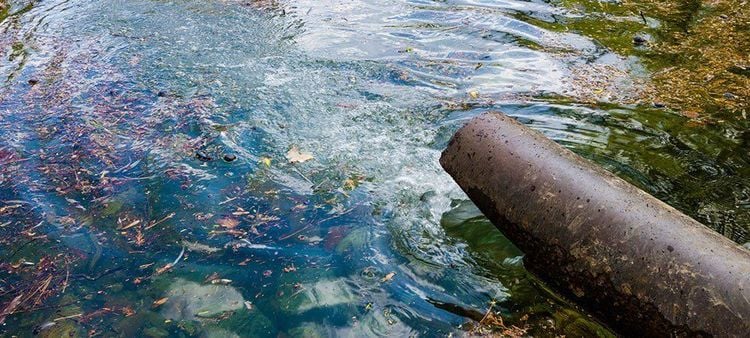
5. Types of Water Contamination and Their Effects
Beyond the pollution of domestic water sources and oceans, water impurity significantly impacts various aspects of life. Below are the common types of water contamination:
- Agriculture
Agriculture heavily relies on water to sustain farming and livestock activities. However, it is also a major contributor to severe water poisoning. Pesticides and fertilizers from farms can be washed away during rainfall. Consequently, nutrients beneficial for crops enter the atmosphere or mix with water sources.
If this issue is not promptly detected and addressed, it poses a serious threat to our lives. Moreover, certain chemical fertilizers can stimulate the rapid growth of toxic plants in the ocean. This increases the risk of water contamination, putting marine life at grave risk.
- Industry
Industrial waste, as regulated, must undergo multiple treatments and filtration processes before being discharged into the environment. However, to save costs and time, many businesses secretly discharge industrial waste into rivers, streams, ponds, and lakes. Although water covers 3/4 of the Earth's surface, it is a limited resource that is reused multiple times. Therefore, the intrusion of pollutants increasingly reduces the availability of natural clean water.
- Oil and Gas
Pollution from the oil and gas industry is one of the most highlighted causes of water contamination. In recent years, efforts to address oil spills and restore balance to the oceans have been intensified. If oil leaks are not swiftly resolved, they can pollute the oceans and push marine species toward extinction.
- Radioactive Substances
Radioactive substances from nuclear power plants are considered a new but extremely hazardous source of pollution. During uranium extraction for power plants, a significant amount of radiation is released into the environment. Additionally, uranium is a key material used in military weapons during times of war.
Radioactive pollution is particularly difficult to manage. It takes an extensive amount of time for even a single mole of these substances to decay. As a result, they cause complications and pose genetic health risks. During wartime, many severe diseases in Vietnam were linked to radiation exposure from bombs and ammunition.
If radioactive substances enter water sources, they pose a significant long-term threat to humanity. Therefore, regardless of the cause, water contaminating must be addressed and minimized to safeguard human life, health, and the survival of species on Earth.
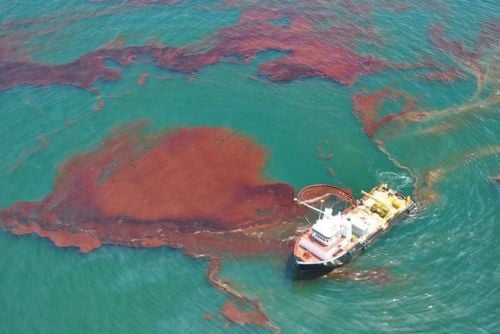
6. Solutions to Minimize Water Poisoning
To prevent and reduce water pollution, it is crucial to take immediate action to protect the environment. The simplest thing we can do is to avoid using non-biodegradable waste. Practice waste segregation and replace traditional products with biodegradable alternatives to minimize pollution caused by waste. Biodegradable and organic waste products decompose more easily, can be recycled, and are less harmful to the environment.
In addition to personal actions, it is important to educate those around you to change their perception of the responsibility to protect water resources. Furthermore, the government and relevant authorities should tighten and enforce environmental and resource management laws to deter and penalize harmful actions that cause water uncleanness.
Water dirtying can occur due to various reasons, but the majority stem from human activities. Each of us must be more conscious and work together to protect the place we live and thrive.
To arrange an appointment, please call HOTLINE or make your reservation directly HERE. You may also download the MyVinmec app to schedule appointments faster and manage your reservations more conveniently.




